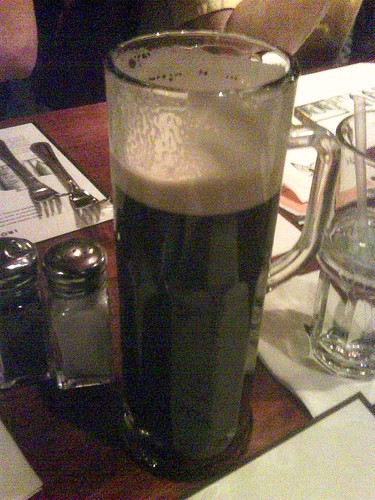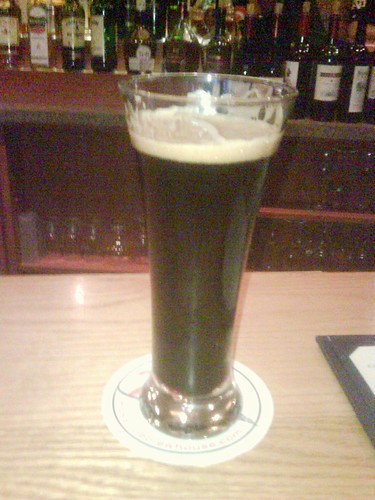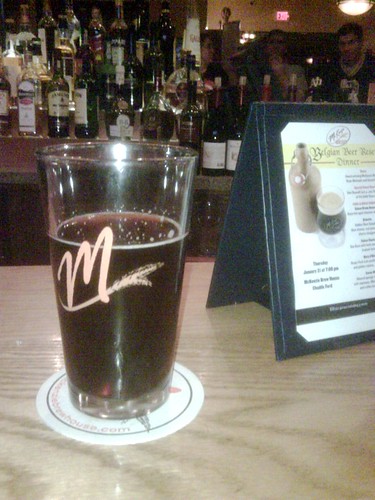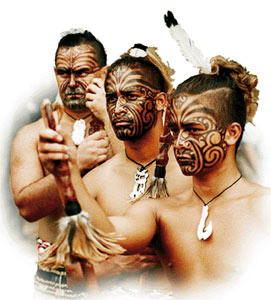One of the most under-utilized facet of managing a game occurs in exchanging useful information between staff and players. Like a winter door left wide open in a heated house, nothing saps peak performance faster than an inefficient data stream during the 60-48 minutes of a game. To do this, there are several KPIs staffs should strive for to protect this information link. Ensure the link and you will protect the quality product that will propel your unit toward (consistent) success.
While there are several avenues to take and much of it is based on personal preferences or comfort levels, I will touch on a few key tenets that one should keep in mind when preparing to use ALL their resources to win.
First thing first - recognize what is important and what isn't when fulfilling game night roles. Play-calling done by coordinator's decisions should be the central focus. This is aided by a few basic standards, regardless of which side of the ball we're dealing with;

1. Condition the calls through the week - You should already know how you plan to respond to your opponent in various scenarios heading into the first practice. This is what game planning / scouting is all about. When implementing, be sure to ridiculously exaggerate the packaging of reps through the week. Call out the down and distance, the situation, the coverage/formation, etc and yell out the play you are repping - be precise and specific. Not only are you training the execution of the play but you should also be conditioning mental focus, how your players frame a given down, so that by game night they have seen this situation a thousand times in their head.

"3rd and 6! 3rd and 6! Right Hash....
we are going to get Cover 2 when we present twins to the boundary.
Our call here is 'veer follow-check with me' into the bubble, away from the 3 tech".
Your kids don't have to memorize it, but the conscious declaration and rote patterns will build a foundation that they will package all situations into (to find the rationale).
2. Have a plan - no kidding, right? Along with #1's game planning theme, 'having a plan' entails paring down your playbook to assess just what will and what won't be used. This is what you need to have in order to efficiently utilize all of your practice time. This prevents you from repping plays you won't be able to take advantage of during the game. This prevents you from blinding and aimlessly drilling 'plays' against fronts, coverages, formations, and routes you'll never or infrequently see. Without completely plagiarizing Brian Billick's first chapter of "Developing An Offensive Game Plan", breakdown the time, quarter, areas of the field, down and distance(s) and allot your practice plans accordingly. Reassess how well you were able to keep to that 'preparation diet' after the game - did you spend too much / too little on certain elements? How can you improve?
3. Assess the situation and the play that you need - refining the above approach, begin chopping up the plays you have repped during this week. What plays that you thought would work, can now be completely thrown out? Drill this down to the bare essentials - build it up, tear it down, and build again - be bullet-proof. What will you call in the 'best case' / 'worst case'? What is your answer for backed up/going in? How does this fit your opponent's counter move? If you were them, what would you do?
4. Distill the 'menu' - By Wednesday, you should not only have your scenario scripts, but also a great feel for your opening script (script, yes, even if you're on defense). Be sure to consult with your players, see what they feel confident in. Allow for the 'comfort plays' to help them set their rhythm (could be a shut-up-and-play-Cover-0 check blitz or a fail-safe fast screen on offense). Don't be afraid to throw things out here, think tactical - your best 10-15 plays for this opponent. I say this because the 'menu' should be presented for ARM BANDS. Primarily, this is geared for a defense because most offenses, using arm bands, you may have your entire playbook on a band and never change all season.
For a defense, you must adjust for each opponent, some things will work better than others. You will likely be limited to 20 -30 defensive plays, so you'd better make them count. If your defense is worth any salt, you can burn up those 20-30 plays with multiple fronts, blitzes, stunts, and coverages. For brevity's sake, 1 call would specifically declare one defense (coverage,front,stunt/blitz), so you may end up with 12 calls of the same coverage. For examples of this type of paring, see an old sheet.
This disciplined framework for your attack also prevents the usual emotional spaz-out on most staffs. When you are faced with the pressures of the clock and momentum, the last thing you need to do is lose your wits like Jo Jo the Circus Chimp - Get Back To Fundamentals - work the plan.

When you have already accounted for (and believe in your answers) all scenarios, you can readily access the solutions. Anger/Frustration are a direct result of the sensation/interpretation of not having the resources to handle a situation (panic sets in). There is no room for thinking-on-the-fly or shooting from the hip if you want to win regularly (and actually teach your players something about structure, organization, reaching goals, etc).
5. (Game Night) Get the play in - Now that we have gotten the basics taken care of, this part is likely one of the most important, as tradition, emotion, and/or ego prevent us from streamlining this approach. You had 4-5 days to put the work in so if you didn't you'll be up the creek by now trying to change it. Your job now (as a coordinator) is to correctly assess the situation and rationally play the odds with a level-head. How do you get that 'perfect call' communicated to your players to execute as fast and without any room for error?
Nothing is more frustrating than short-changing your players in crucial situations with little time to transition (see 2009 LSU's Les Miles).

The more time a call has to be repeated/regurgitated the less time your players have to respond. Calls should be short and concise (terminology), as well as delivering that information quick and error-free. This is why arm bands will beat out shuttling players and sign language gesturing - direct them to the (play) 'menu' and immediately everyone is on the same page. Rather than calling, "Strong Right - Flip Left - 21 Zone Sucker - Z drag boot" (and repeating it from a coach-to-player, player-to-quarterback, quarterback-to-huddle-twice), just call "R7" (the grid location of the same play) and now everyone on the squad is ready to execute (saving you 8-13 seconds).
With this, because you've done your homework beforehand, all you have to do is call up your situation and match it up with your pre-planned response. If you're a coordinator in the box, all you have to respond on the phones is - "R7". It truly isn't imperative the assistant on the sideline signalling the call in know what the call is - he just has to relate the "R7" call. Once the call is received (on the field), the coordinator in the box can let sideline phones know the play (or they could simply look it up themselves on their own arm bands/play sheet). Cut out the BS - just transmit the data.
Once again, this does put tremendous pressure on the coordinator and staff to do significant planning and assessment during the week. After all, isn't that what the position is about, though? Game night should be completely free from emotion. If your kids "need you" on Friday night, if you need to "feel" the game and get hyped up, then one could seriously argue that you really weren't being efficient (in teaching the game plan) during the week.
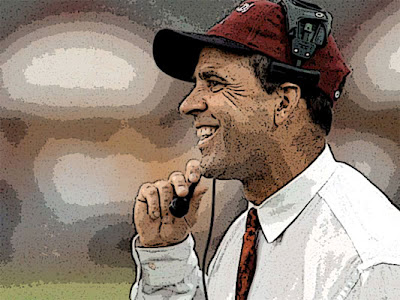
6. Just The Facts, Jack - If you're in the box and on the phones, whether you are the coordinator or spotter, make sure you are concise, to the point, and deliver the required data. As we approached above, presnap 'concision' only further fuels momentum for your players. To aid in this regard, here are some basic press box guidelines (based on role) to keep in mind;

- Coordinator: If just the coordinator is in the box, obviously all that is required is that the play call is relayed to the on-field signaller. In addition, passing coaching points to his position coaches, reviewing 'executive decisions' for the Head Coach (timeouts, special team fakes, 4th downs, etc), as well as reiterating mental queues for key players (to position coaches) all play a part in managing players through his staff. In lulls, repeating and coaxing the assistants through a game can prove instrumental in grooming those assistants in understanding relevant data/tendencies and how to monitor player performances.

- Spotter: A spotter can be anyone from a trusted position coach to a volunteer booster dad. The information required can be basic or serve as the right-arm of the coordinator.
BASIC [anyone can fulfill this role - if you can't provide this info, you have no business being in the box]- spot: getting a good spot would seem trivial, but when on the field sometimes the crown or external environment can overwhelm a moment. Deliver the spot of the ball, which leads to the corresponding down and distance. Never mind your opinion of the play or how hard of a hit you just saw - just say, "ball is on the 34.....3rd and 2, coach"
- down and distance: touched on above, but be sure to reiterate the scenario verbally. Condition the review of pre-planned scenario (for this situation).
- relevant substitutions/injuries: In HS, you will always have teams with 1-3 studs to monitor. Be sure to let the coordinator know if "their guy" is in or out of the game (which present unique targets of opportunities).
HELPFUL [any coach within the program (MS-Var) should be able to do this]- Stating the Obvious: You may be whomping the hell out of a defense or bashing your head against the wall, but sometimes a coordinator needs a nudge for a change-up or hint to use the obvious. Sometimes the simplest solution can be so far away when you are desperate for answers ("hey, they are playing real aggressive, keep them on their heels with slo-screen / freeze" - "they're in the red zone - watch option" - "you're getting 2 high here, coach, middle of the field is open").
- Auto Reminder: There may be elements that you know you need to use certain players or plays. This helps prevent the game from getting away from us. This can range from "remind me to throw screens" to "make sure we throw field pressure at them before the half" to "reverse inside the 40". Don't be afraid to chime up with what will seem like a silly comment here.
- Who Made the Tackle: as silly or meaningless as this might sound, it is crucial in determining where the 'hole' is in the ship. If the backside linebacker is always making the play on your back on stretch, the culprit is probably your backside tackle (symptom leads to the diagnosis).
- Distribution: who is getting the ball? who isn't getting the ball? Are we forgetting someone? Keep track of touches/throws in a very basic sense to be mindful of where you are in the game plan (as our memory often fails us).
- Play Charting: Even if you can't keep up with it all, this really helps out at half time (when you can catch a breath) as well as at the end of the game. Simply sequentially chart the plays called (even if it is just the arm band call) so there is no question what was called on what play (i.e. "#1-B1, #2-A9......#35-D4"). It may look like like a game of Battleship, but it makes post-game breakdown and grading so much easier. At half time, this helps serves the distribution charting, noting what you've been going to (and how it measures up to the game plan)
PIVOTAL [usually offered by member of the staff that is a big part of the game plan]- Tendency: This is hard to come by if you're not watching as much film (or more) as the coordinator. The press box is also where they film the games, so the same vantage you've watched a thousand times on the television is replaying right before your eyes (live). You should be able to call up the pattern (recognition) you've learned, as well as consulting with your scouting report (in the booth) to give a confident and timely prep to the coordinator on the field for the play that you'll see next. That same game plan/tendency sheet you formulated on Sunday will likely be what you can have as a quick reference for Friday night ("Coach, this is their 2nd & 6 situation inside the 35.....remember if we get 21 personnel, be looking for fly sweep to the field").
- Clues: This could be anything from stealing signals, to player fatigue, to personnel packages. If YOU were calling the plays, what would be tipping YOU off on the anticipated opponent play call? Are they preparing that killer play they've used maybe 4% of the time on you? Unbalanced / counter / etc is that 'sucker play' ready for them to use? Keep your coordinator frosty and alert by knowing what they like to do. This could be for monitoring your opponent or your own team. Knowing the ebbs and flows of certain players can help neutralize potential road bumps.
- Target of Opportunities: Have you lost/gained the momentum? What is your money play here? Their DI offensive tackle is cramping up under a pile, is it a good time to use your MARS stunt? Staying tapped into the game and the subtle events on the field will give your guy on the field the edge he needs.
- Real Time Stats: Largely stats really do not matter, however, they do provide a quick snapshot of where you are at in the game. Many times the numbers are there to justify or galvanize decisions that may otherwise be hedged. Half time updates are the most crucial and can help understanding where the coordinator is measuring up to his original game plan (keep going? make a change? etc). This can be tricky to do all of this at once, so if you can get a stat guy to do this impartially, the better off (and more accurate) the data will be.
don't be this guy up there drinking Cokes and eating popcorn polluting the decision-making process with inconsequential bullshit.
** for a great place to start, Coach Casey Miller has a host of great press box / program documentation to get you started.



